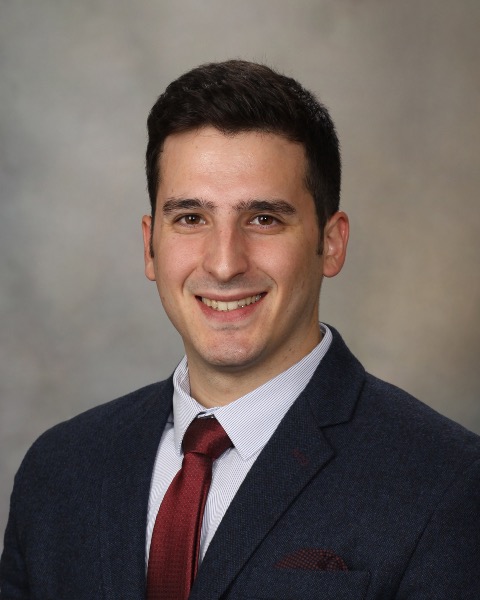Trauma
A Comparison of Different Posterior Arthrodesis Techniques vs Anterior Dens Screw for Odontoid Fractures: a Systematic Review and Meta-analysis
Friday, February 21, 2025

Pavlos Texakalidis, MD
Neurosurgery Resident
Northwestern Memorial Hospital
Northwestern University
Chicago, IL, US
Presenting Author(s)
Disclosure(s):
Pavlos Texakalidis, MD: No financial relationships to disclose
Introduction: Odontoid fractures are often managed surgically. The most common approaches are anterior dens screw (ADS) and posterior C1-C2 arthrodesis (PA), with the latter being associated with significantly higher fusion rates. PA techniques can include wiring, C1-2 transarticular screws (TA) and C1 lateral mass-C2 pars/pedicle screws. Most comparative studies group multiple PA techniques together when comparing PA vs ADS. Our aim was to systematically review the literature and identify studies that separately provide fusion rates of each different PA technique utilized compared to ADS.
Methods: A systematic literature review was conducted according to the PRISMA guidelines by searching the PubMed, Embase and Cochrane databases. A random-effects meta-analysis was performed and the I2 statistic was used to assess heterogeneity.
Results: In total, 15 studies comprising 685 patients (ADS: 377; Wiring: 58; TA: 150; C1 lateral mass-C2 pars/pedicle screws: 100). The average age of the patients ranged across the included studies between 22-82.4 years old. The mean last follow-up was >12 months in 8 studies. Only two studies reported a follow-up of < 6 months. Most of the odontoid fractures were type II based on the Anderson-D’Alonzo classification. Use of C1 lateral mass-C2 pars/pedicle screws was associated with significantly higher odds of fusion compared to ADS (C1 lateral mass-C2 pars/pedicle: 97%; ADS: 87.2%; OR: 3.89; 95% CI: 1.34-11.29; I2:0%). TA were associated with significantly higher odds of fusion compared to ADS (TA: 98%; ADS: 87%; OR: 4.19; 95% CI: 1.67-10.47; I2:0%). There was no difference in the rate of fusion between wiring and ADS (wiring: 84.4%; ADS: 92.6%; OR: 0.34; 95% CI: 0.08-1.40; I2:48.8%).
Conclusion : C1-2 transarticular screws and C1 lateral mass-C2 pars/pedicle screws are both associated with statistically significant higher rates of fusion compared to ADS for odontoid fractures. ADS showed higher rates of fusion compared to wiring, although this did not reach statistical significance.

.jpg)